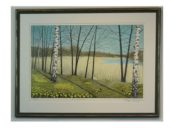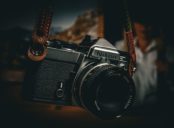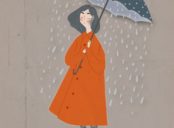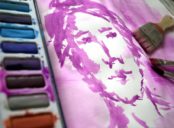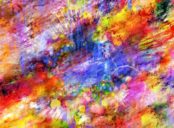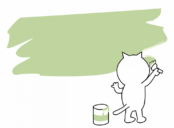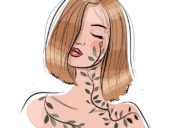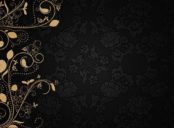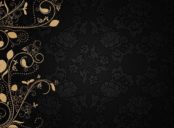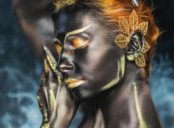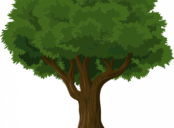Fashion Illustration: An In-depth Look into the Art
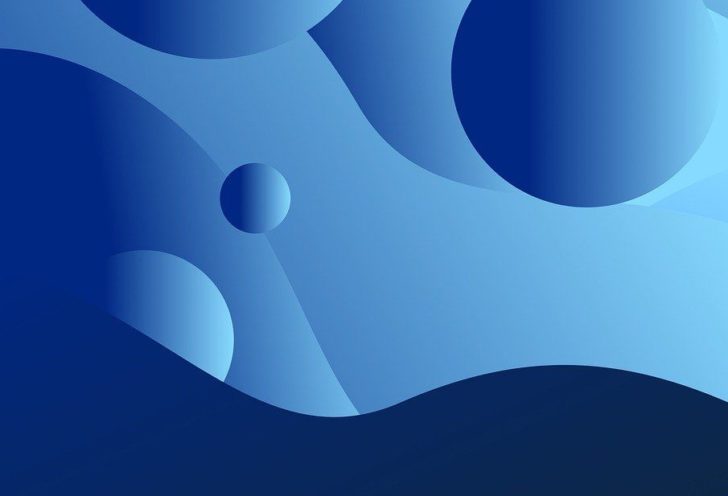
Introduction
Fashion illustration has long been an integral part of the fashion industry, serving as a visual representation of designs and trends. This article aims to provide a comprehensive overview of fashion illustration, exploring its various types, popularity, quantitative measurements, differences between illustrations, and a historical analysis of the advantages and disadvantages associated with this art form.
Section 1: An Overview of Fashion Illustration
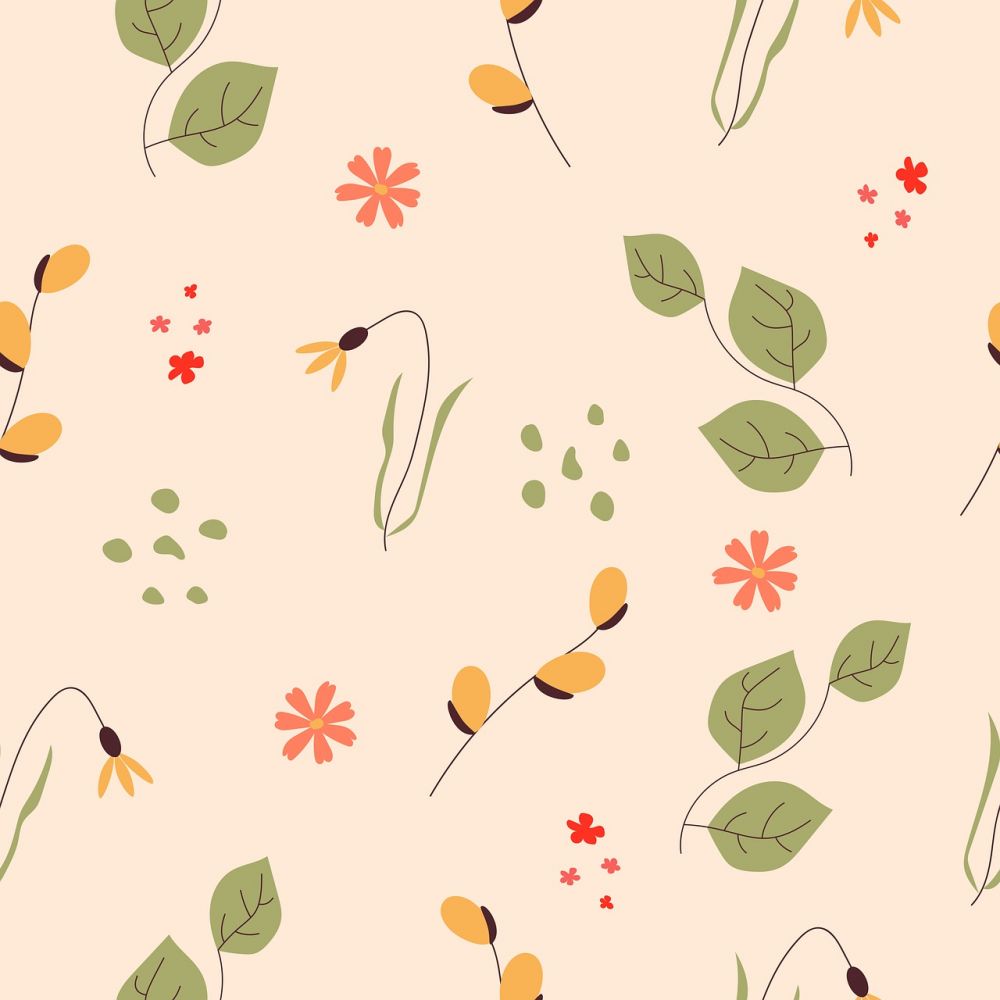
Fashion illustration is the art of communicating fashion ideas through visual representation. It involves creating drawings or sketches that depict clothing, accessories, and even hairstyles. This form of art has been used by designers, magazines, and fashion houses to showcase new designs, inspire creativity, and provide a glimpse into the world of fashion.
Section 2: Types and Popularity of Fashion Illustration
There are several types of fashion illustration, ranging from simple sketches to more detailed and realistic representations. Some popular styles include:
1. Croquis: This style focuses on capturing the essence of a fashion design with quick, loose sketches. It emphasizes the flow and movement of the garments rather than intricate details.
2. Technical: Technical fashion illustrations are highly detailed and precise, showcasing specific construction details, fabric textures, and patterns. These illustrations are often used in production and manufacturing processes.
3. Digital: With the advent of technology, fashion illustration has also evolved into the digital realm. Digital illustrations provide designers with a range of tools and techniques that allow for enhanced creativity and flexibility.
Fashion illustration has gained significant popularity in recent years, thanks to social media platforms like Instagram, which have provided artists and designers with a global platform to showcase their work. Fashion influencers, bloggers, and brands often collaborate with talented illustrators, further increasing the reach and impact of fashion illustration.
Section 3: Quantitative Measurements in Fashion Illustration
Quantitative measurements play a crucial role in fashion illustration, ensuring accuracy and precision in depicting clothing and body proportions. These measurements include the length and width of garments, placement of buttons, pockets, and other design elements. Fashion illustrators use various techniques, such as scaling, grid systems, and measurements charts, to maintain consistency and authenticity in their art.
Section 4: Differences in Fashion Illustration Styles
Fashion illustration styles can vary significantly, depending on the artist’s individual techniques, preferences, and inspirations. Some artists may opt for bold and vibrant colors, while others may prefer a more monochromatic or minimalist approach. Various factors, such as cultural influences, personal aesthetics, and current trends, contribute to the diverse range of fashion illustration styles.
Section 5: A Historical Analysis of Fashion Illustration
Throughout history, fashion illustration has undergone significant transformations, both in terms of techniques and purpose. In the past, illustrations were primarily used as a means of advertising and promoting fashion brands. However, with the rise of photography, the role of fashion illustration shifted to conceptualizing and presenting design ideas that couldn’t be easily captured through photography alone. Today, fashion illustration continues to coexist with photography, offering a unique and artistic perspective on fashion.
Advantages of fashion illustration include the ability to convey emotion and movement, experiment with diverse artistic styles, and capture the essence of a designer’s vision. However, illustrations also have limitations, such as the time-consuming nature of creating intricate artwork and potential discrepancies between illustrations and the final product.
In conclusion, fashion illustration remains a vital component of the fashion industry, bringing life to design ideas and captivating viewers with its artistic flair. From its various types and styles to the use of quantitative measurements, this art form continues to thrive in the digital age. Understanding the history and advantages of fashion illustration allows us to appreciate its contribution to the fashion world, where creativity and innovation are paramount.

